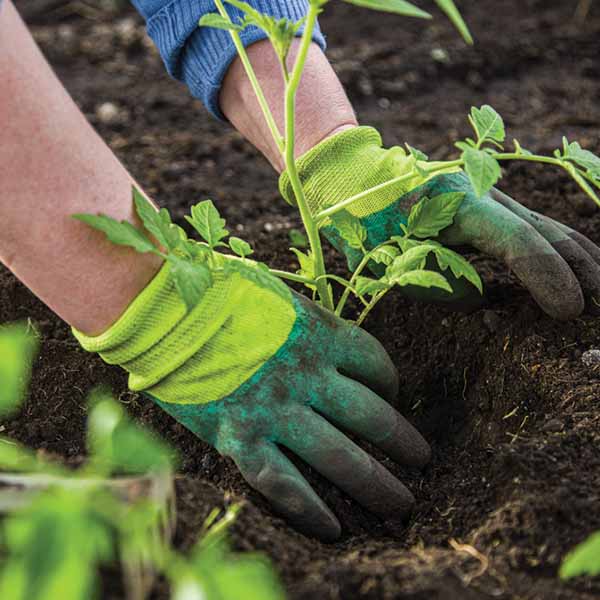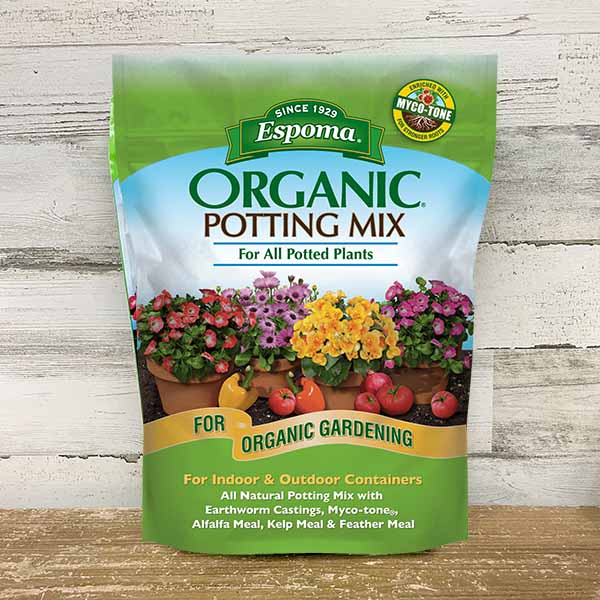Maximize your backyard garden with practices and products that are safe for your family, pets, and the environment. With thoughtful planning and the right tools, gardening can be both productive and sustainable.
Start With Soil and Location
Success begins with understanding your garden’s location and preparing the soil properly. This essential first step improves results, saves time, and reduces long-term costs. Selecting the right plants, planting correctly, and providing proper nutrition leads to stronger, healthier, and more productive plants. Just like people, plants thrive with consistent care and nutrients.
Choose Safe, Organic Products
Organic plant foods from companies like Espoma offer excellent benefits. Their products are certified organic and safe for children and pets. In addition, they contain all the nutrients plants need, including beneficial microbes that help develop strong root systems and improve nutrient uptake.
Because these products are naturally low in salts and slow-releasing, they feed plants over time and reduce the risk of fertilizer burn. Furthermore, they minimize runoff, protecting nearby wells and groundwater.



Pick the Right Plants for Your Conditions
Always match your plants to the available light and space. Before planting, read tags and labels carefully. When in doubt, ask one of our gardening experts. Choosing the wrong plant for a specific spot often leads to poor performance and frustration.
Adjust Soil pH First
Soil pH plays a key role in nutrient absorption. Use products like Espoma Soil Acidifier or Garden Lime to correct the pH as needed. If the pH isn’t right, plants can’t absorb nutrients—no matter how rich the soil may be.
Use Starter Fertilizer for New Plants
When planting or transplanting, using Espoma Bio-tone Starter Plus acts like insurance for your investment. It helps plants establish quickly and grow stronger roots. As a result, they become more productive, drought-tolerant, and better equipped to resist disease and stress.
Feed Plants Regularly
Feed established trees and shrubs twice each year: once in spring and again in fall at half strength. For vegetables, annuals, and perennials, feed once a month throughout the growing season. Always follow label directions for the best results.
Plan for Harvest and Space
Stagger plantings to extend your harvest and avoid a surplus of crops at once. For instance, be mindful of how many tomato or zucchini plants go in—they’re highly productive. Even in small yards or balconies, container gardening is an excellent option. Many fruits and vegetables grow well in pots, making it easy to enjoy fresh produce in any space.


Stay Natural and Safe
Espoma offers a full range of natural gardening products—from soils and plant foods to pest control solutions. All are organic, family-friendly, and pet-safe.
